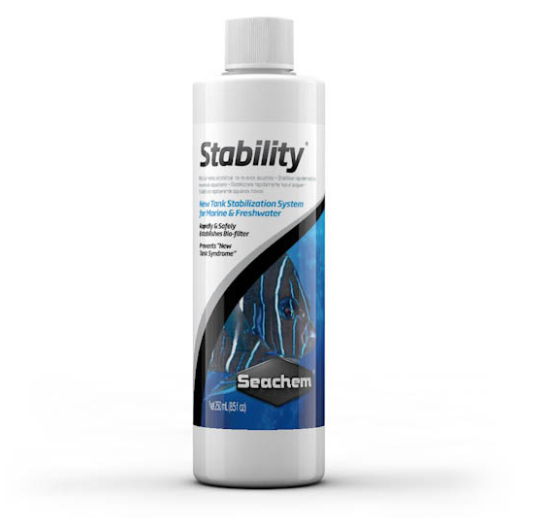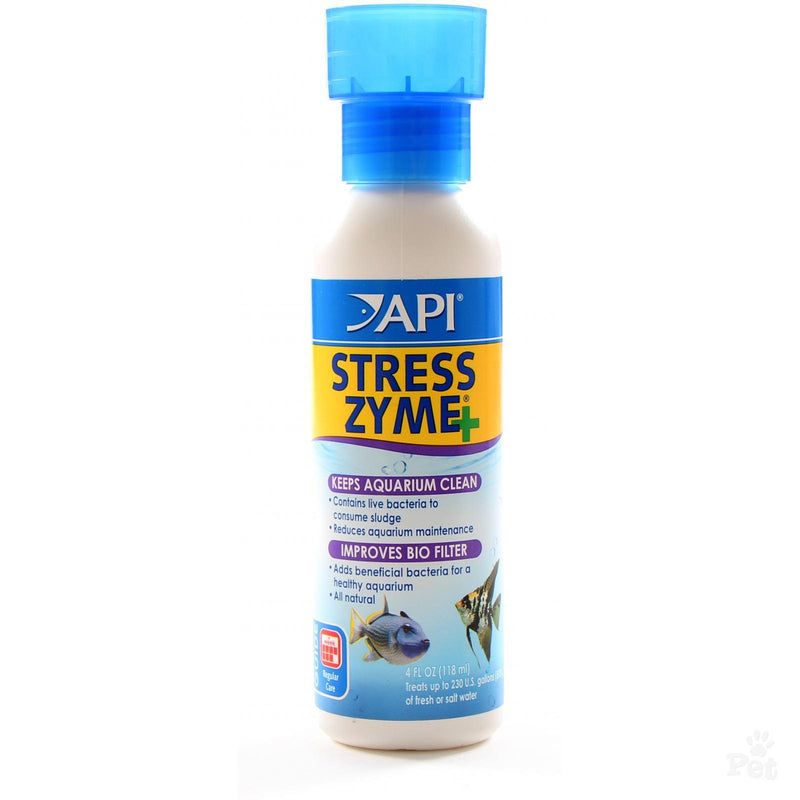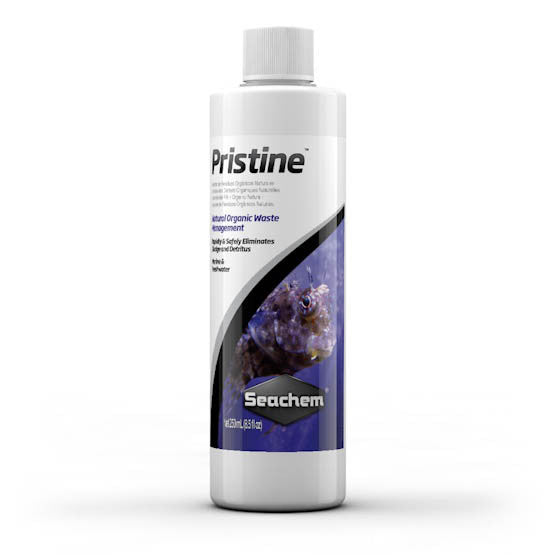Bacteria starter for adding aquarium fish to freshwater and saltwater aquariums
- For aquarium water to suit both fish and plants: when setting up a new aquarium, water changes and after fish diseases for freshwater and saltwater aquariums, turtle and shrimp tanks
- Shake the bottle well, measure the right amount in the dosing lid and evenly distribute in the aquarium
- Live bacteria with enzymes for the rapid breakdown of pollutants
- Healthy water, healthy fish: breakdown of fish excrement and other waste by means of special enzymes and cleansing bacteria
- Contents: 1 bottle Denitrol. Use: 10 ml for 20 l water during initial setup and disease, 10 ml for 300 l water during water change
Nature at home – home for fish and plants
Fish need to be as comfortable in the aquarium as they are in nature. When setting up an aquarium and during partial water changes the aquarium needs sufficient bacteria to be biologically cleaned and to quickly break down harmful substances. Bacterial starters contain highly active beneficial bacteria which break down the ammonium/ammonia and nitrite as well as the fish excrements and other waste in the water.
Advantages of the JBL bacterial starters
Live bacteria, breakdown of ammonium/ammonia and nitrite through active bacteria, breakdown of fish excrement and other waste.
8 complementary bacteria cultures to break down protein (heterotrophic bacteria), ammonium and nitrite. Gradually start with the stocking of fish in newly set-up aquariums immediately after adding JBL Denitrol.
The opinions vary as to whether fish can be added as early as one day after the aquarium set-up. Microbiologists have observed that bacteria reproduce very slowly in a new aquarium when there is no water pollution (nutrition for bacteria). But if you add fish the next day without using a bacterial starter, problems with ammonium/ammonia can occur because the bacteria initially reproduce too slowly to keep pace with the production of pollutants. When using JBL Denitrol (15 minutes after adding JBL Biotipol) higher quantities of bacteria are present. The next day, after the first fish have been added, there is food for the bacteria and they start to reproduce. This will make sure that there are always enough bacteria, so that neither ammonium/ammonia or nitrite will become a problem.





